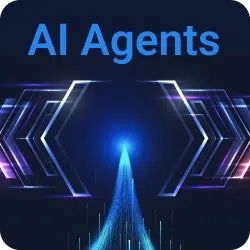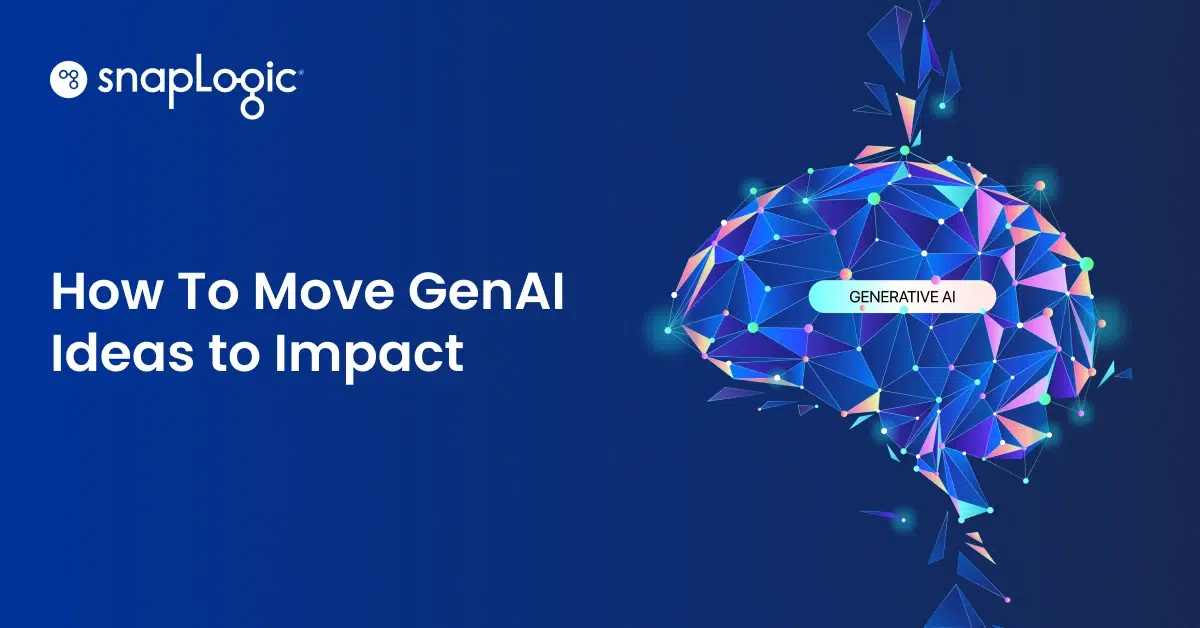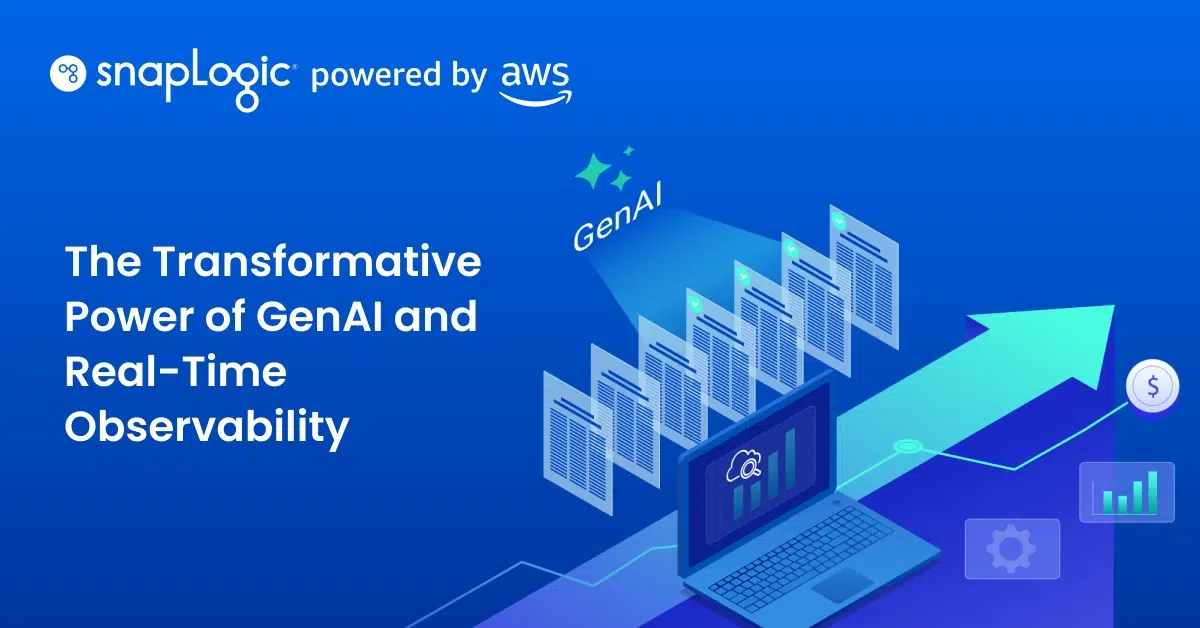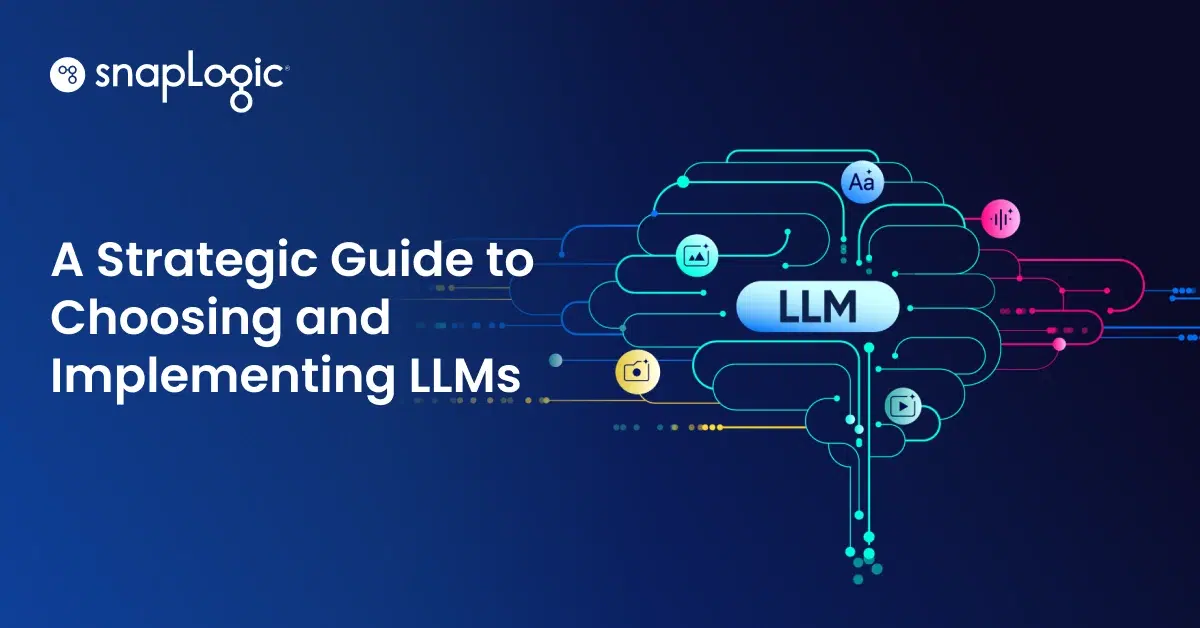Generative AI and autonomous agents are no longer just futuristic ideas—they’re already changing how work gets done in the enterprise. But let’s be honest: getting from early experimentation to real, measurable impact? That’s no small feat.
The good news? We’re starting to see clear playbooks from companies who are doing it well. In the new report Harvard Business Review Analytic Services, in association with SnapLogic, Harnessing the Power of Generative AI and AI Agents, leaders share how they’re moving past the hype and actually scaling AI in ways that drive serious business value.
From ideas to impact: what we can learn from Cooperative Benefits Group
Mark Fowler, CIO of Cooperative Benefits Group (CBG), shares one of the more practical—and refreshing—takes in the report. When it came time to prioritize generative AI projects, his team focused on two simple but powerful questions:
“Does the project save money, or does it generate money?”
That lens helped CBG zero in on projects for their service and clinical teams—teams that are either essential to day-to-day operations or responsible for bringing in revenue.
“These teams are either absolutely critical to us keeping our doors open or they help generate new revenue for us,” Fowler explains.
But identifying high-impact opportunities was just the first step. The real key? Tracking results. Fowler’s team measured things like time saved on service calls, reduced effort in configuring benefit designs, and even a 30% drop in software development errors—translating to $300,000 in savings every three months.
That kind of ROI is what turns a cool pilot project into an enterprise-backed initiative.
Why measurement is the secret to scaling AI
CBG isn’t alone. According to the report, a growing number of organizations are putting more structure around how they evaluate the success of generative AI. That includes:
- Using KPIs specific to generative AI performance (48%)
- Building formal frameworks to evaluate AI investments (38%)
- Tracking productivity gains across teams (38%)
These aren’t vanity metrics—they’re the kind of data that helps teams make the case for continued investment and broader adoption.
Less manual work, more momentum: Aptia Group’s story
Another standout story in the report comes from Aptia Group, which provides employee benefits and pension administration services. They were dealing with time-consuming, error-prone data processing—until they brought in SnapLogic’s AgentCreator to automate it.
Now, AI agents handle translation and transformation tasks that once took hours of manual effort. The result? Faster cycle times, better data quality, and more time for employees to focus on what matters most: delivering great services.
It’s a great example of how Gen AI agents are delivering on their promises of efficiency at scale and are freeing people up to do more meaningful work.
I know what you’re thinking…
“Easier said than done.” And fair enough—getting started can feel challenging and complex. But the stories from CBG, Aptia, and others show that with the right focus, clear metrics, and a little patience, it’s very possible to go from “let’s test this” to “look what we just achieved.”
This report by Harvard Business Review Analytic Services, in association with SnapLogic, digs into how enterprise leaders are navigating this journey—and what lessons you can apply to your own AI strategy.
Want to go deeper? Here’s what’s next
Join us at AgentFest – It’s not too late to register! During this can’t-miss virtual summit, leaders, builders, and innovators will share how AI agents are transforming work.
Download the Full Report – Dive into the full research report to unpack the survey insights, dig into real-world examples, and learn practical strategies for scaling AI across your business










